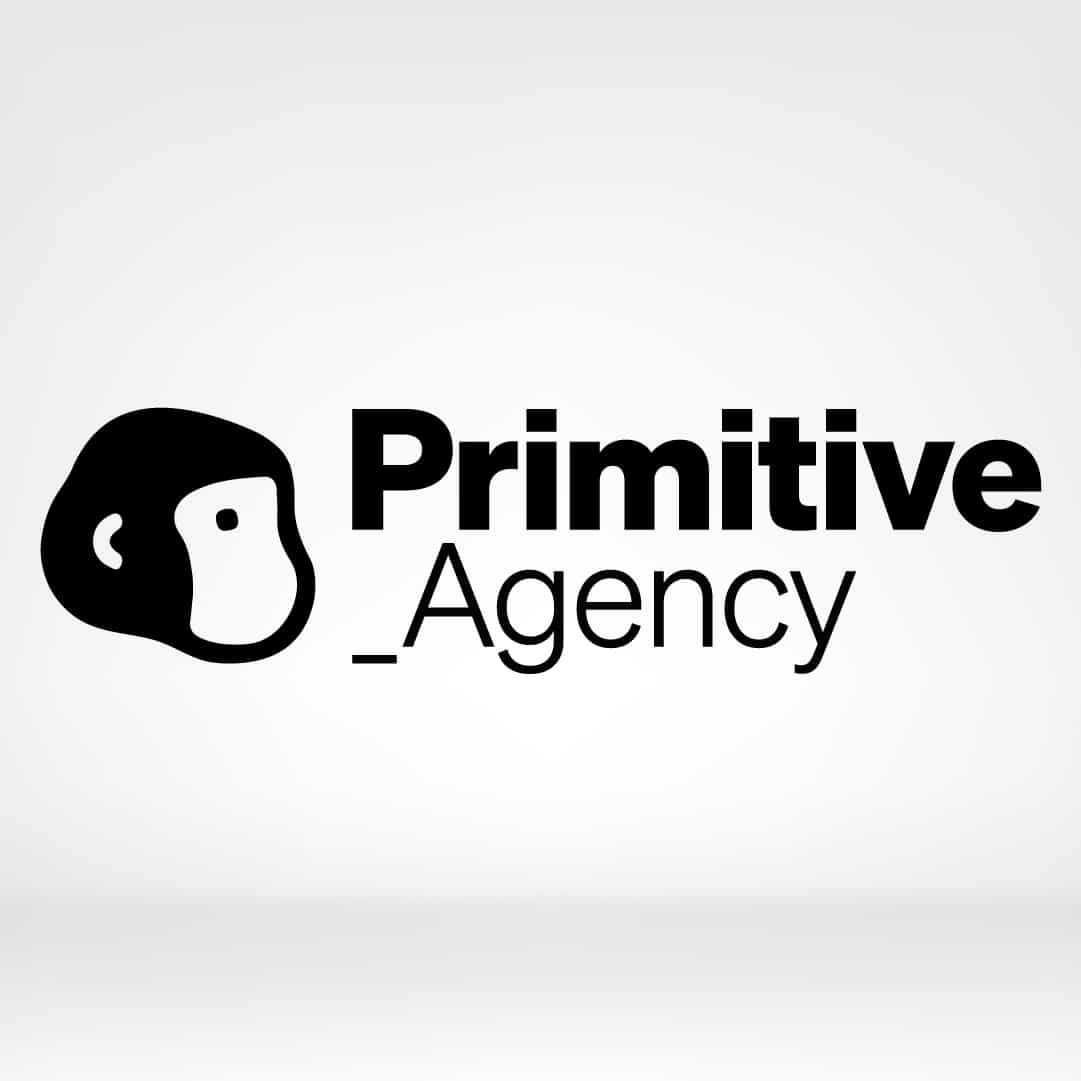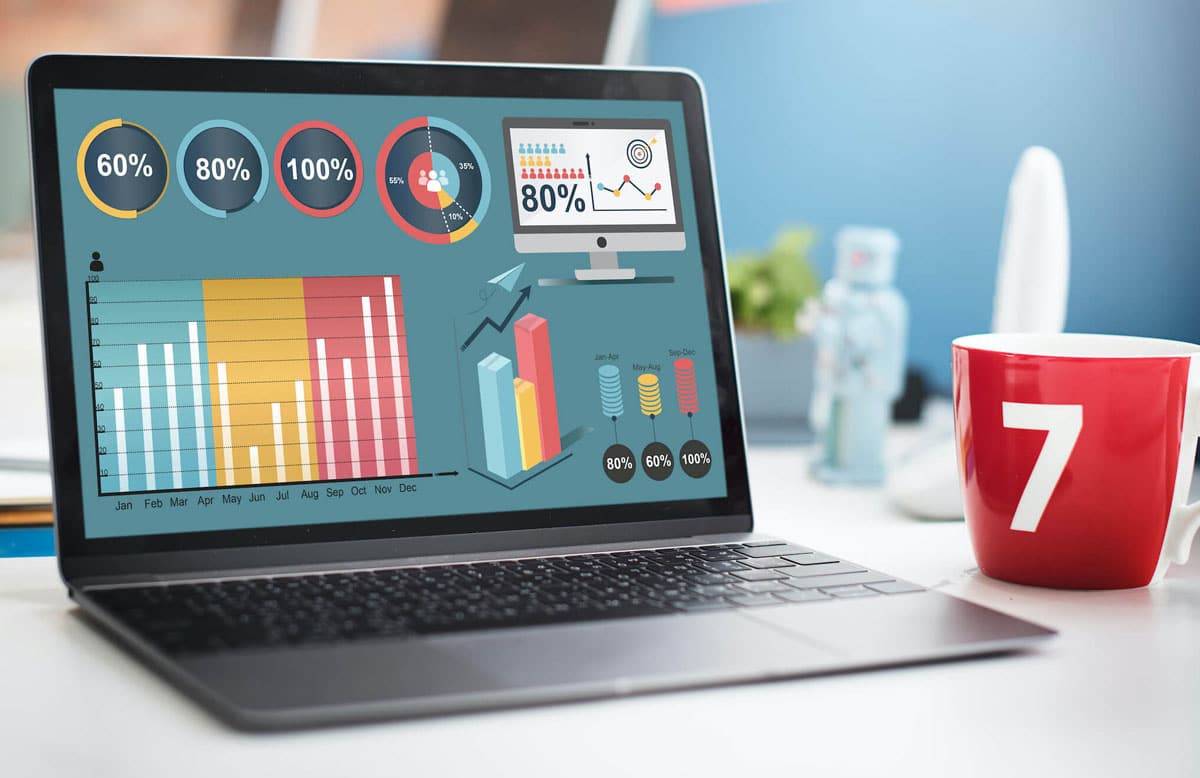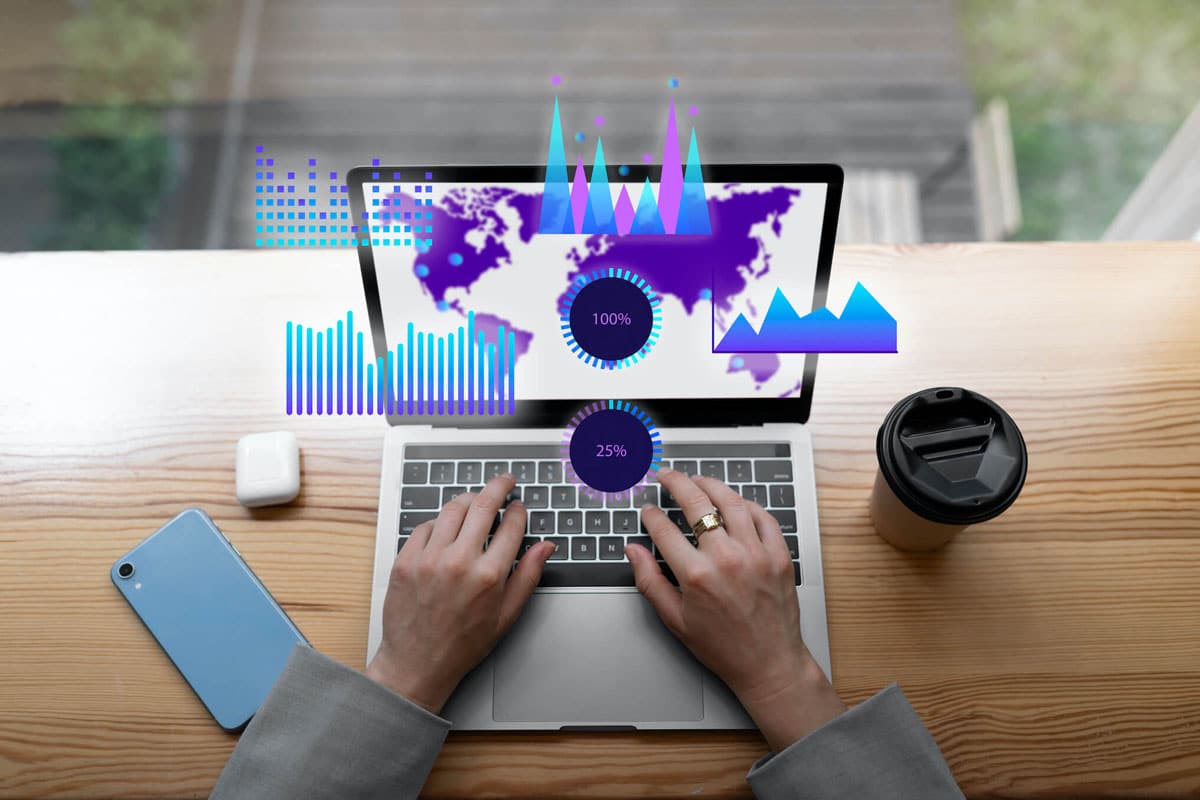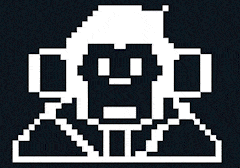In the constantly evolving digital era, web animations have emerged as crucial elements to captivate audiences and enhance the user experience. From subtle transitions to stunning visual effects, web animation trends are constantly changing, challenging designers and developers to explore new creative frontiers.
In this article, we will explore the best web animations of the moment, as well as the innovative techniques that are defining the current landscape, so that you can start using important resources that attract more and more users to your website.
So, if you want to know which techniques your website needs to stand out among your audience, join us on this exciting journey through the latest web animation trends and discover how you can incorporate them to boost interactivity and visual appeal in your own digital projects.
Get ready to dive into the fascinating world of the best web animations!
Also check out: Website migration and its types
What is animation in web design?
Animation in web design refers to the use of visual movements and transitions to improve the interactivity and aesthetics of a website. These animations can include a wide variety of elements, such as smooth scrolling, page transitions, fading effects, changes in size, and object movement.
The purpose of animation in web design is to enhance the user experience by making navigation smoother, more understandable, and more attractive.
Some of the key objectives of animation in web design include:
- Improving Usability: Animations can guide users through the interface, indicate changes in site structure, or provide visual feedback on specific actions.
- Increasing Interactivity: Animations add an interactive element to the website, making the user experience more dynamic and participatory.
- Visual Appeal: Animations can improve the overall aesthetics of web design, capturing the user’s attention and creating a more enjoyable experience.
- Communicating Information: Some animations are used to present information more effectively, such as animated graphics or elements that expand to show additional details.
It is important to use animation in a balanced and meaningful way, avoiding excess that could be distracting or annoying to users. A well-thought-out web design with appropriate animations can make a difference in the perception and effectiveness of a site.
Types of animation in web design
There are several types of animations that web designers can use to enhance the user experience and make a website more attractive. Here are some common types of animation in web design:
Page Transitions
- Fade: Elements that appear or disappear gradually.
- Slide: Lateral movement of elements when entering or leaving view.
Scrolling Animations
- Parallax: Layers of content that scroll at different speeds to create a sense of depth.
- Smooth Scrolling Effects: Smooth movements when clicking on internal links, creating a smoother browsing experience.
Hover Animations
- Color or Size Change: Elements that respond visually when the cursor is placed over them.
- Shadow or Glow Effects: Addition of shadows or glows to highlight elements when hovering over them.
Loading Animations
- Progress Indicators: Elements that show the progress of page loading.
- Playful Animations: Graphics or illustrations that move during loading time to keep users entertained.
Scrolling Animations
- Elements that Appear When Scrolling: Content that is revealed as the user scrolls down.
- Opacity or Scale Effects: Changes in transparency or size of elements when scrolling.
Form Animations
- Real-Time Validation: Instant visual feedback when completing forms.
- Focus and Blur Animations: Elements that respond to user interaction when selecting or moving between fields.
Cinemagraphs and Background Videos
- Moving Page Backgrounds: Videos or cinemagraphs that play in the background to add dynamism.
Microinteractions
- Reactions to User Actions: Small animations that occur in response to specific user actions, such as clicks or swipes.
Animation Techniques for Websites
Animation techniques on websites can range from simple methods to more advanced approaches. Here are some popular techniques that web designers use to incorporate animations effectively:
CSS Transitions and Animations
- Transitions: Use properties like transition in CSS to create smooth effects on state changes, such as colors, sizes, or positions.
- Animations: Defined with @keyframes in CSS to create more complex and controlled movements.
JavaScript and Animation Libraries
- Libraries like GSAP (GreenSock Animation Platform): Provide advanced tools for creating more complex and optimized animations.
Animated Scroll
- ScrollMagic and ScrollReveal: Allow animations to be triggered in response to user scrolling, creating visual effects as they scroll down the page.
Animated SVGs
- Manipulation of SVG elements: Allows for attractive and scalable animations directly on vector graphics.
Canvas and WebGL
- Canvas API and libraries like Three.js: Allow for complex 3D animations and immersive visual experiences.
Microinteractions
- Adding animations to small interactions: Such as buttons that change color when hovered over or form fields that expand when clicked.
Responsive Animations
- Media Queries and Relative Units: Ensure that animations adapt to different screen sizes and devices.
Loading Animations
- Spinner or Progress Indicators: Offer a visual experience during site loading time.
Reactivity Animations
- Vue.js and React: Allow for easy integration of animations into reactive web components.
Preloaders and Lazy Loading
- Animated Preloaders and Lazy Loading: Improve the perception of loading time by displaying visual elements while resources are loading.
By strategically applying these techniques, web designers can improve the interactivity and aesthetics of a site, providing a more attractive and enjoyable experience for users.
The best examples of animation on websites
On the web, you can find a large number of sites with incredible animations, which can inspire you for the web design of your brand, allowing you to offer your product in a creative and unique way.
Here are 8 outstanding examples of animation on websites:
Awwwards
Awwwards is a platform that highlights the best in web design. Exploring award-winning sites will offer you a wide variety of creative animations and innovative techniques.
Active Theory Portfolio
Active Theory Portfolio is the design studio’s own site. It uses subtle and elegant animations to present its work and create an immersive experience.
Hematogenix
Hematogenix, a provider of reference laboratory services, incorporated a captivating main image animation on its website, instantly capturing users’ attention. To further engage their visitors, they integrated futuristic background music, immersing them in the content.
eScooters
The eScooters rental service website opted for interactive animations that are triggered either by scrolling or cursor movement, with the goal of conveying a professional look and capturing attention.
Google Earth Timelapse
Google Earth Timelapse uses time-lapse animations to show how the Earth has changed over the past few decades. It is a powerful way to visualize large-scale data.
Renew your business website with digital experts
The strategic use of animations on websites not only elevates aesthetics and interactivity but also enhances emotional connection with users. By adopting these trends and techniques, your online presence can stand out and leave a lasting impression.
At Primitive Agency, we understand the importance of innovation in web design and creating impactful experiences. If you are ready to take your online presence to the next level and stand out in a constantly evolving digital world, email us at [email protected] or fill out our contact form.
You may interested: How to create a SEO friendly website – Complete guide
FAQs
Why should I incorporate animations on my website?
Incorporating animations on your website not only adds a visually appealing touch but also enhances user experience by making navigation smoother and more enjoyable. Animations can highlight key elements, guide visitors through content, and generate an emotional connection, contributing to a more interactive and memorable website.
How do animations affect user experience?
Animations enrich user experience by providing smooth and attractive transitions, facilitating understanding of site structure, and enhancing interactivity. By highlighting key elements and providing visual feedback, animations contribute to a more immersive and satisfying experience for website visitors.
What are the current trends in web animations?
Current trends in web animations include the use of microinteractions for subtle interactivity, scroll-triggered animations, and the incorporation of 3D elements for a more immersive experience. The combination of these techniques creates dynamic and visually impactful websites that follow the latest innovations in digital design
Do animations affect site performance? How can I optimize them?
Animations can affect site performance if not managed properly, causing longer loading times. To optimize them, it is crucial to use lightweight formats, minimize the use of complex animations, and leverage lazy loading techniques. Additionally, file compression and code optimization contribute to maintaining efficient performance without sacrificing visual quality.
What is the difference between CSS animations and JavaScript animations?
The main difference between CSS animations and JavaScript animations lies in implementation. CSS animations are controlled through style rules and are more efficient for simple transitions, while JavaScript animations offer greater flexibility and programmatic control, making them ideal for more complex and custom effects. The choice depends on the complexity of the animation and specific design goals for the project.

The Primitive writing team is comprised of a group of skilled professionals who specialize in different areas of marketing, from brand design to web development and audiovisual production. Each team member boasts extensive experience in their respective field, and they are dedicated to providing the best possible strategy and content for every business that aligns with their unique needs.







